Thinking of adding more creativity and clarity to your photographs? Go through these guides on how to use a detachable camera flash for more artistic outcomes. Photography has been an intrinsic part of everyone’s function: birthdays, weddings, baby showers, etc. It is incomplete without a nice photo session consisting of formal, candid, or moving poses.
Photography is an umbrella term that consists of several devices, natural light, angles, etc., put together to get the perfect click. Cameras consist of a built-in flash that not only helps in getting good photos in less natural light and nighttime but also helps to get rid of shadows.
Instead, detachable camera flashes, also known as external or speedlight flashes, are used in professional cameras for better photography results. External flashes overcome the limitations of built-in flashes and are flexible to use.
Here are a few steps on using a detachable camera flash to get natural-looking photos for both professional and personal uses.
What are the Points to Consider While Using a Detachable Camera Flash?
With the upgradation of technology and the ways cameras are used in extreme sunlight or dark, you require a reliable device for the best outcomes. A detachable camera flash improves the picture quality and can be used both outdoors and indoors.
These external flashes are convenient in usage; they can either be mounted on the camera, tilted, or rotated for a nice effect and also can be used independently. Here are some important features you should check before purchasing a detachable camera flash.
1. Different Modes
There are different modes in an external flash, which is dependent on the user. Many users stick to the auto mode, in which the camera and external flash work out together about the correct exposure for a photograph and deliver the results.
On the other hand, the manual mode is completely controlled by the user. You are in charge of the power control and other settings. Many users also like TTL mode. “Through The Lens” mode falls under the auto mode. This external flash mode helps event photographers who do not have time to change the settings so the flash and camera figure out and give a nice picture.
2. Flash Units
External flashes are individual, portable units running on a battery. To get the best results, you need to set certain flash units. There will be some numbers displayed on your flash, like 1/1 or full power, ¼, till 1/256, which resembles the flash power. To use the flash power, you need to set the external flash on complete manual mode. A nice way to start is by setting the flash power at 1/8th as it is mid-way.
Take a picture at this stage and see if it is appropriate. If the photo seems overexposed, drop the flash power to 1/16th or 1/32th, and if the photo is underexposed, increase the flash power. Another factor that needs to be considered along with flash power is the recycle time. The higher the flash power (full power), the lower the recycle time.
Recycle time means the amount of time the flash takes to adjust for another click. Flash power should be used to add more light to the scenario.
3. Exposure Values
Detachable camera flashes offer a crisp output because of many factors working together in sync. The most common thing you’ll come across in an external flash is a Guide number. This value is based on the flash-to-subject distance. For example, if you are buying a flash that reads XYZ600 or GN 60m ISO 100, the 600 indicates that the flash can illuminate an object at 60 meters.
While taking photographs, you are dealing with two types of light: natural or ambient light and an external flashlight. If you are doing it manually, you have to set your flash’s ISO, shutter speed, and aperture to get better results.
For better image quality, choose to set the ISO at 100. For capturing accurate movement and motion, you should consider a higher shutter speed. This exposure value is based on how fast the shutters of the camera open and close in a second. The fastest shutter speed is denoted as a flash sync speed. An aperture is an opening that allows light; the wider the aperture, the more light. If you are focusing on a particular thing and want it to be sharp instead of the background, keep the aperture at f2 or f4. This value works great for portraits.
All these 3 exposure values are interrelated to each other and need to be adjusted according to the ambient light for a beautiful outcome.
How to Use an External Camera Flash?
With the help of a detachable camera flash, you can get a range of dynamic photos, portraits, candid, etc., without worrying about the surrounding light. Even if your modern camera has a built-in flash, it won’t give crisp results like an external camera flash.
- Initially, begin by considering the composition of the camera and not the flash. Just click a photo in natural light with your camera, like a place where the sun is in the background, utilizing the wide-angle lens, etc.
- The next point is considering ambient light. For a darker and more dramatic image in the outdoors, set the aperture at 1.4, a low ISO of 50, and a shutter speed of 1/2500. A darker in-camera exposure like this will require more flash power. If you want a brighter image, use a lighter in-camera exposure and less flash power.
- For a better picture, you can modify or add an external flash, as you cannot modify the natural light. Choose to add the flash on a cold shoe and pair it with an umbrella to soften the light. You can control the flash with a remote by channeling them.
- You are ready to click crisp and dramatic photos by just adjusting the flash and clicking at different angles.
- You can also consider this step-wise guide for beginners for better results.
Conclusion
Once you have mastered the components like flash modes and exposure values, you can gain a grip on flash photography. By learning the basics of a detachable camera flash, you can gain the expertise to channel the ambient light and flashlight so that you get a beautiful photograph.
You can consider using an external flash similar to the camera’s brand or use a third-party flash. This makes them convenient to use. These flashes are easy to carry along and replace if damaged.
Apart from this, you can get external flashes within budget. External flashes can be paired with different components, like diffusers, for a better outcome and longer distance.

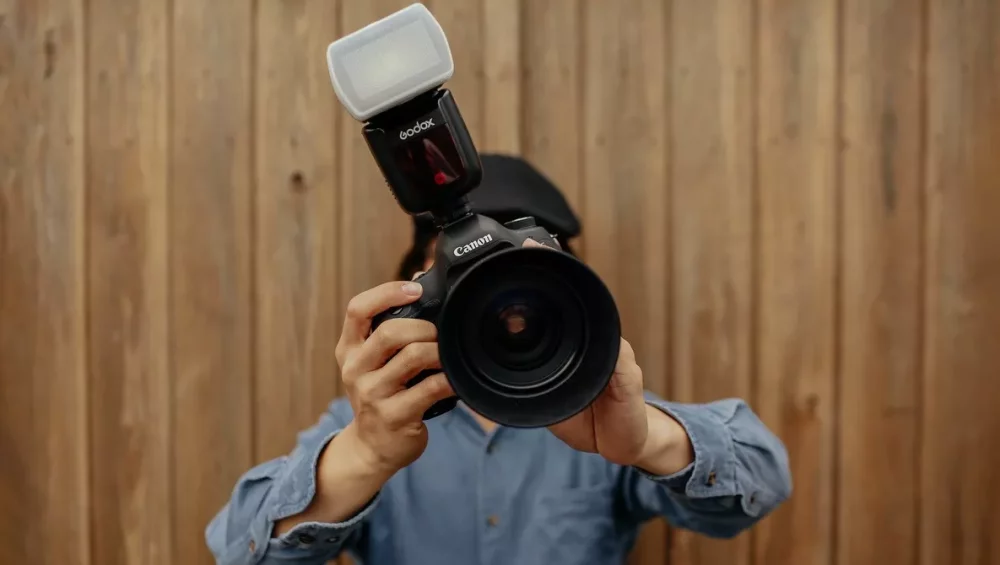
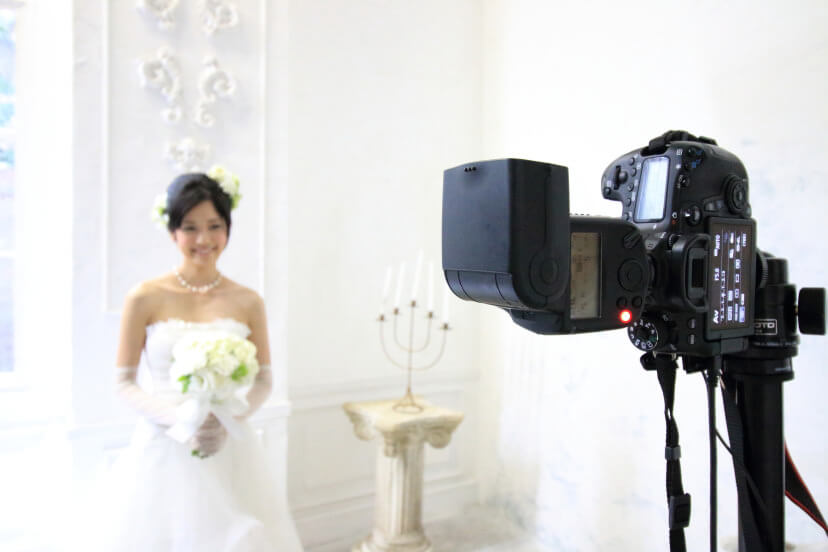



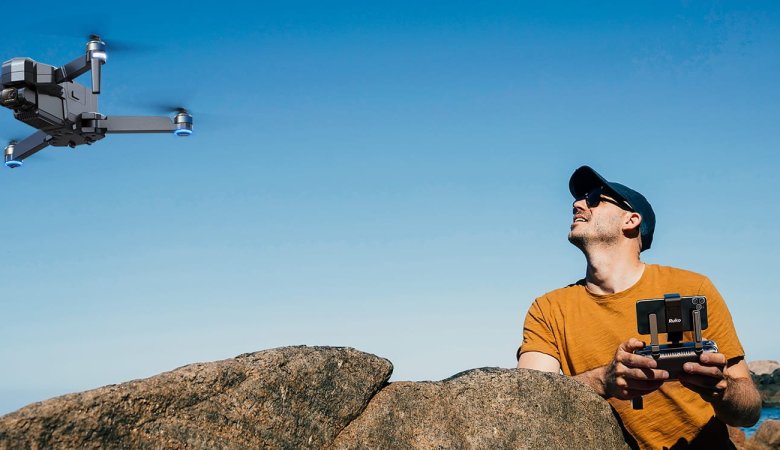
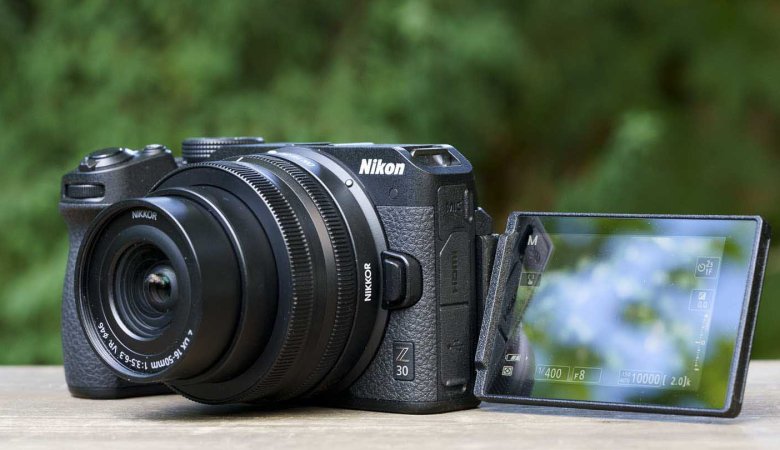

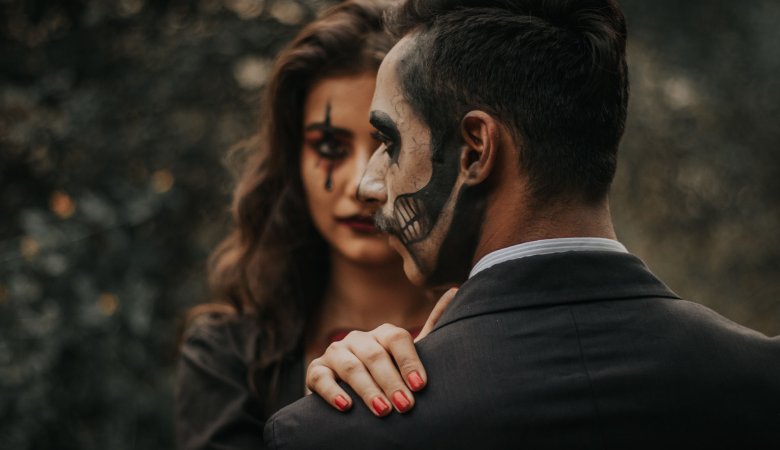
Leave a Reply